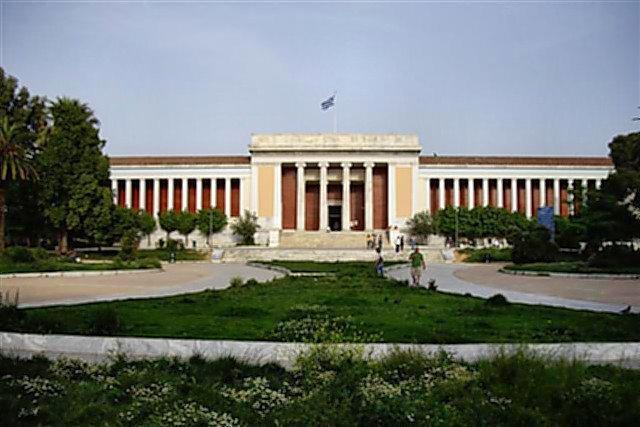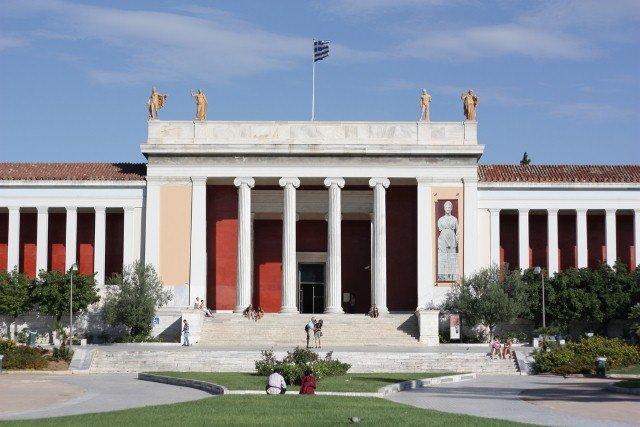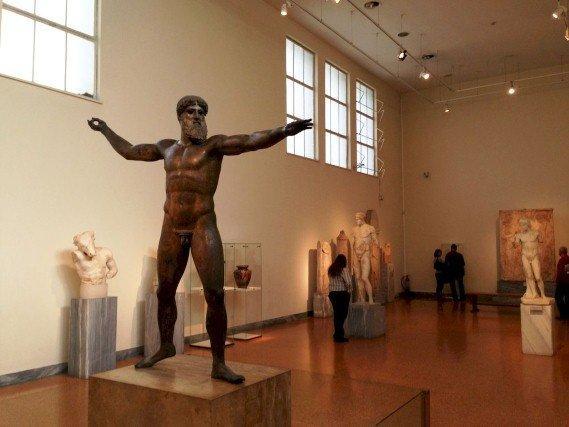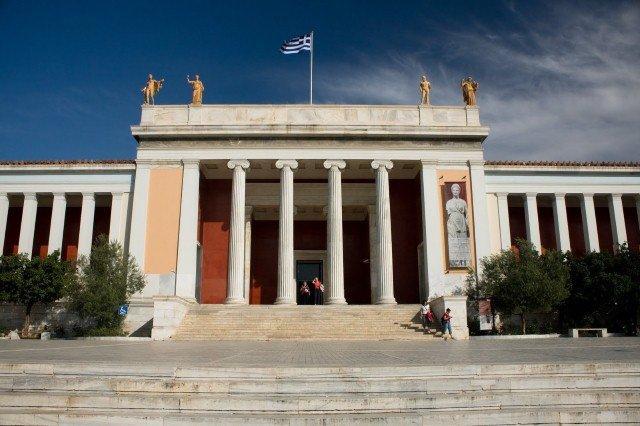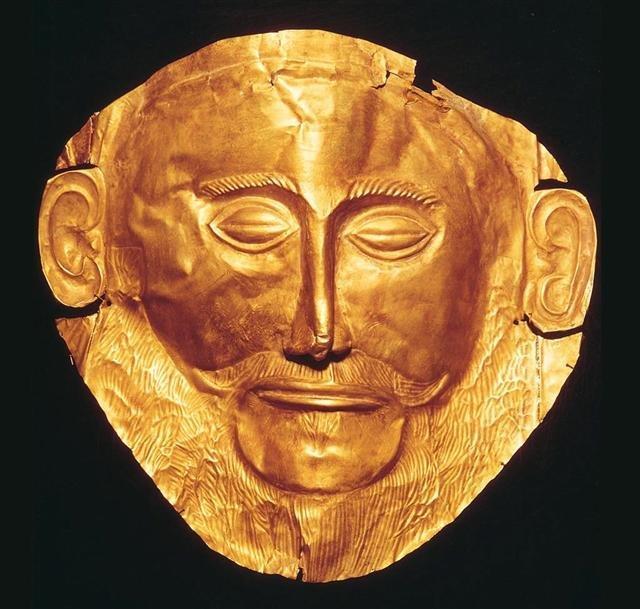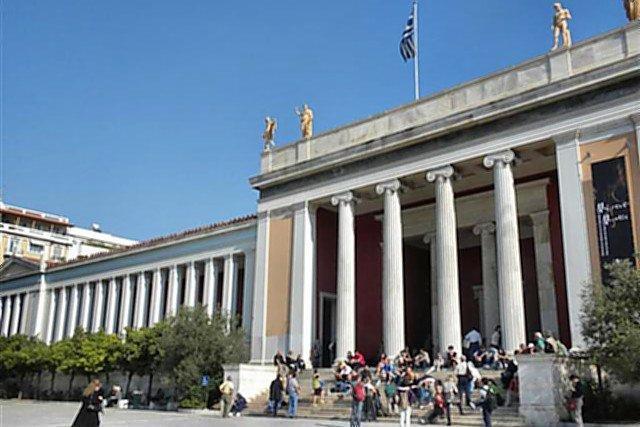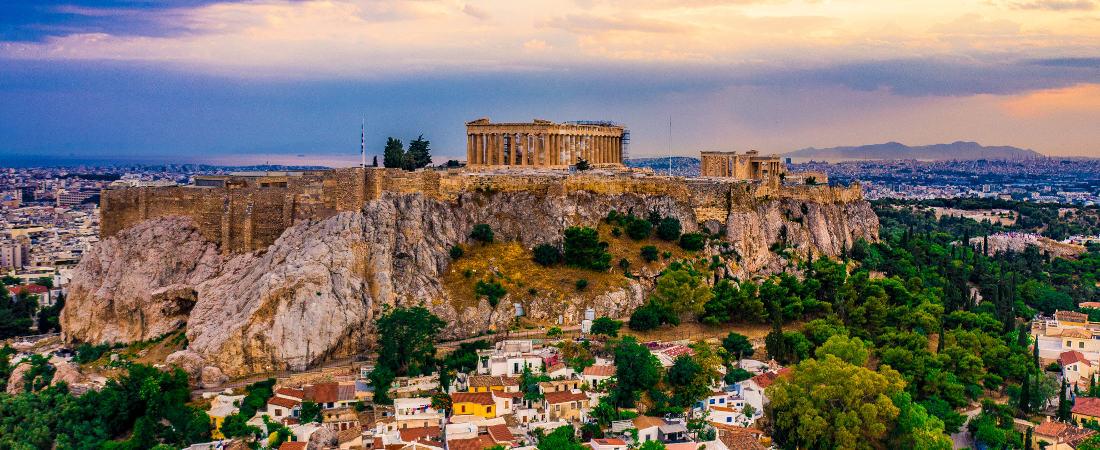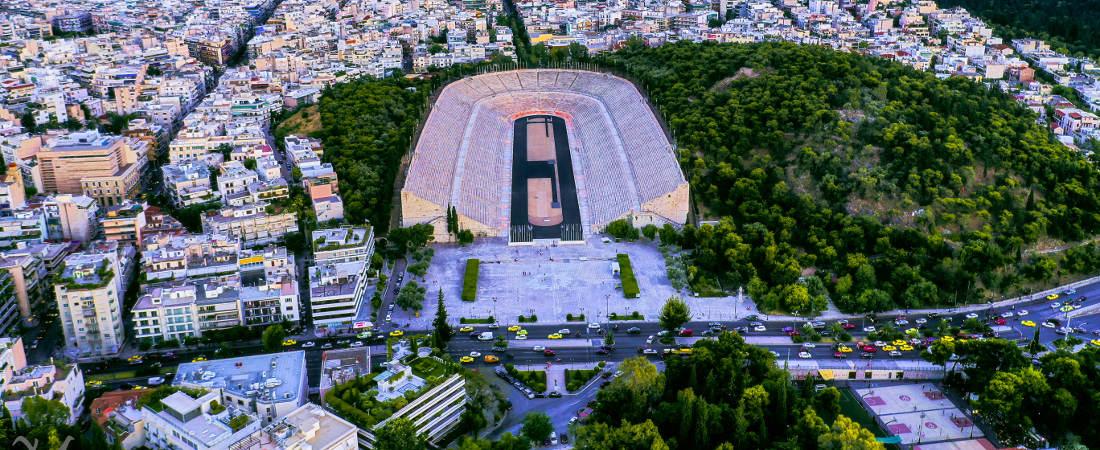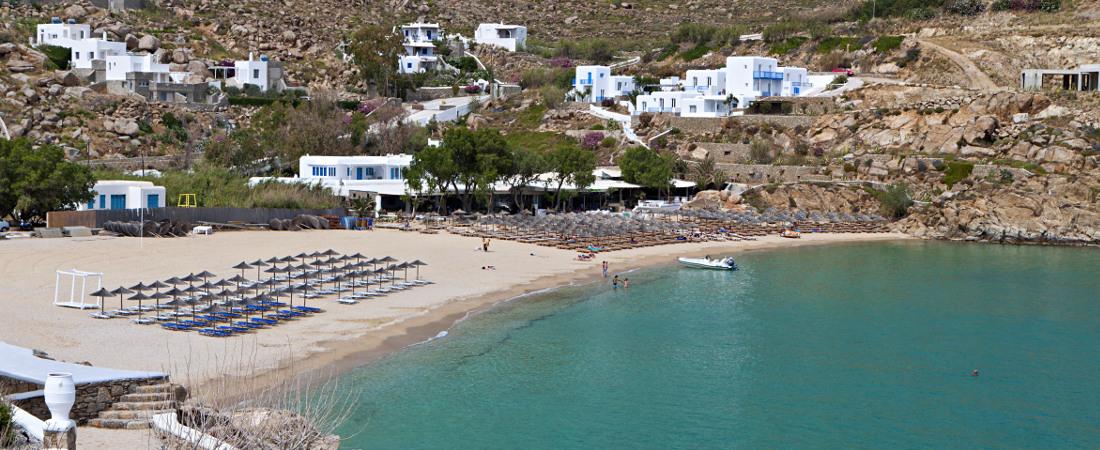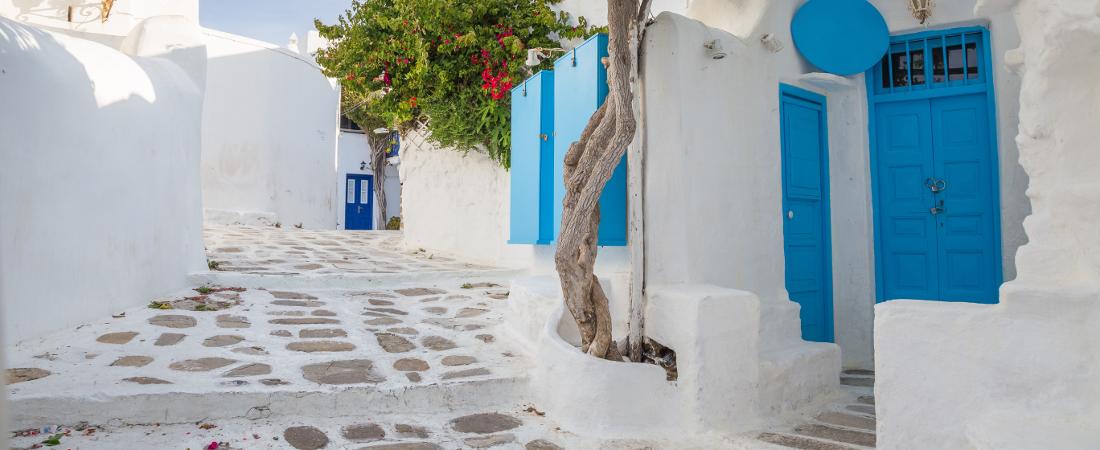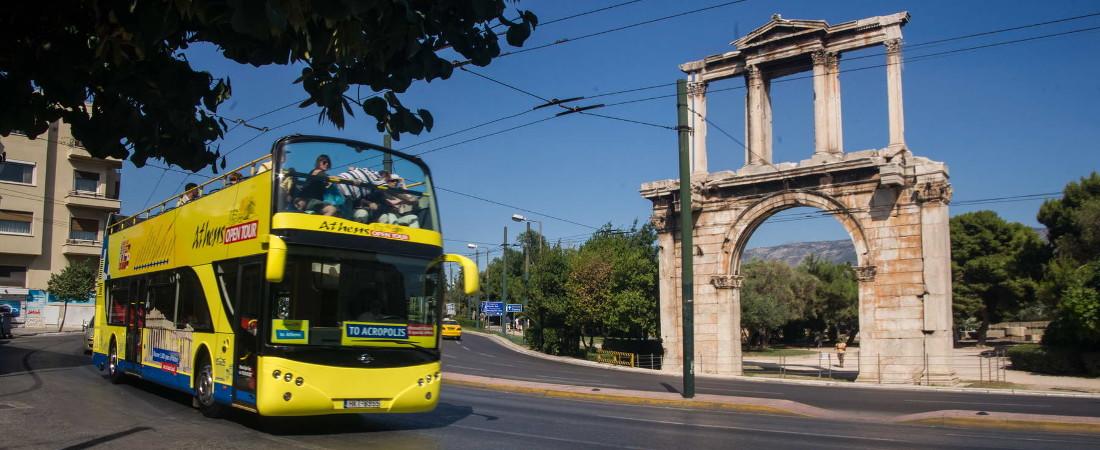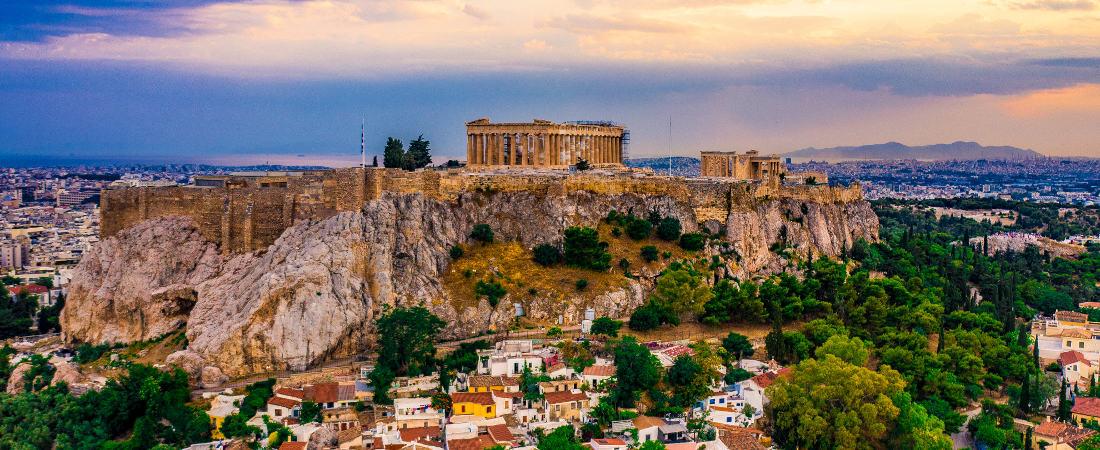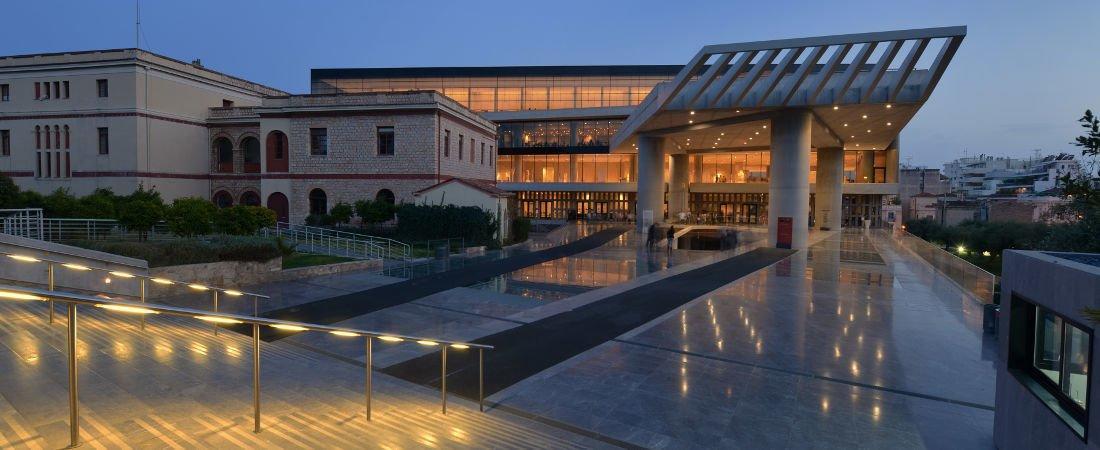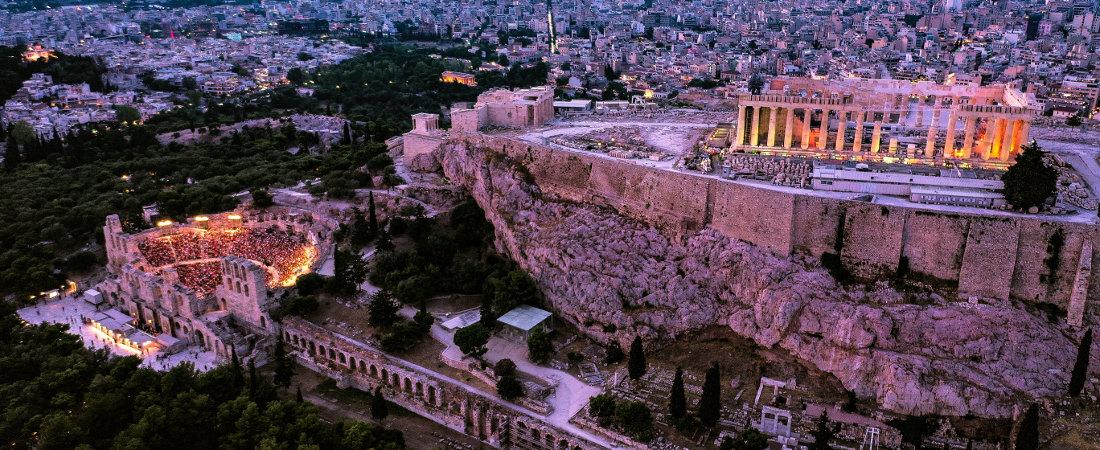The National Archaeological Museum of Athens is the largest Archaeological Museum in Greece.
One of the most important Museums in the world devoted to Ancient Greek Art
The National Archaeological Museum of Athens is the largest Archaeological Museum in Greece and one of the Most Important Museums in the world devoted to Ancient Greek Art.
Although its original purpose was to secure all the finds from the 19th century excavations in and around Athens, it gradually became the central National Archaeological Museum and was enriched with finds from all over Greece.
Its abundant collections, with more than 11,000 exhibits, provide a panorama of Greek civilization from the beginnings of Prehistory to Late Antiquity.
The National Archaeological Museum of Athens building is a protected monument itself. It was founded in 1866 on a plot donated by Eleni Tositsa.
The architects Ludwig Lange and Panagi Kalkos designed its the structure. Although, the final form of its facade was the work of Ernst Ziller, who also supervised the work until 1889, when the west wing was completed. Over the years, gradually in the 20th century, with a series of additions on the east side it took its present form.
One of the first and foremost concerns of the newly founded Greek state was the collection and protection of antiquities. Without delay it set up its first museum on Aegina Island in 1829. However, after a time the capital of the Modern Greece was transferred from Nauplion City to Athens City. The concentration of Ancient Temples and public buildings led to the creation of notable collections and a need to establish a Central Museum for Antiquities became imperative.
The National Archaeological Museum of Athens was founded by presidential decree on August 9, 1893. Specifically its purpose was “the study and teaching of the science of archaeology, the propagation of archaeological knowledge and the cultivation of a love for the Fine Arts”.
With the declaration of the Second World War in 1939, the Museum’s antiquities are being kept safety in the museum itself, the vaults in the Bank of Greece and in natural grottoes. At the end of the war, the museum’s director Christos Karouzos undertook the re-exposition of the exhibits and the architect P. Karantinos remodeled the exhibition spaces. During that time the temporary display limited to ten rooms of the east wing.
Christos and Semni Karouzou completed the re-exposition in 1964. Remarkably they created an exemplary display of the development of Ancient Greek Art from prehistory to the Roman period.
The unique Greek Collection of Egyptian Antiquities exhibition took place for the first time thirty years later, in 1994.
A vast exhibition space – numerous galleries on each floor accounting for a total of 8,000 square meters – house five large permanent collections:
Prehistoric Collection includes works of the great civilizations that developed in the Aegean from the 6th millennium BC to 1050 BC (Neolithic, Cycladic, Mycenaean) and also finds from the prehistoric settlement at Thira.
Sculptures Collection shows the development of Ancient Greek sculpture from the 7th to the 5th centuries BC with unique masterpieces.
Vase and Minor Objects Collection contains representative works of Ancient Greek pottery from the eleventh century BC to the Roman period and also includes the Stathatos Collection, a corpus of minor objects of all periods.
Metallurgy Collection has many fundamental statues, figurines and minor objects.
There are only Egyptian and Near Eastern Antiquities Collection in Greece, with works dating from the pre-dynastic period (5000 BC) to the Roman conquest.
The National Archaeological Museum of Athens possesses a rich photographic archive and a library with many rare publications, the latter of which is constantly enriched to meet the needs of the research staff.
There are also modern conservation laboratories for metal, pottery, stone and organic materials, a cast workshop, a photographic laboratory and a chemistry laboratory. Moreover, the museum has temporary exhibition spaces, a lecture hall for archaeological lectures and one of the largest shops of the Archaeological Fund. Furthermore, it welcomes thousands of visitors each year.
Besides displaying its own treasures, it also organizes temporary exhibitions and lends artifacts to exhibitions both in Greece and abroad.
Moreover ,it functions as a research center for scientists and scholars from around the world and participates in special educational and other programs.
An important feature is the availability of guided visits for people with hearing impediments.
The National Archaeological Museum of Athens functions as a Special Regional Service of the Ministry of Culture.
None of our tours visiting this Museum!



